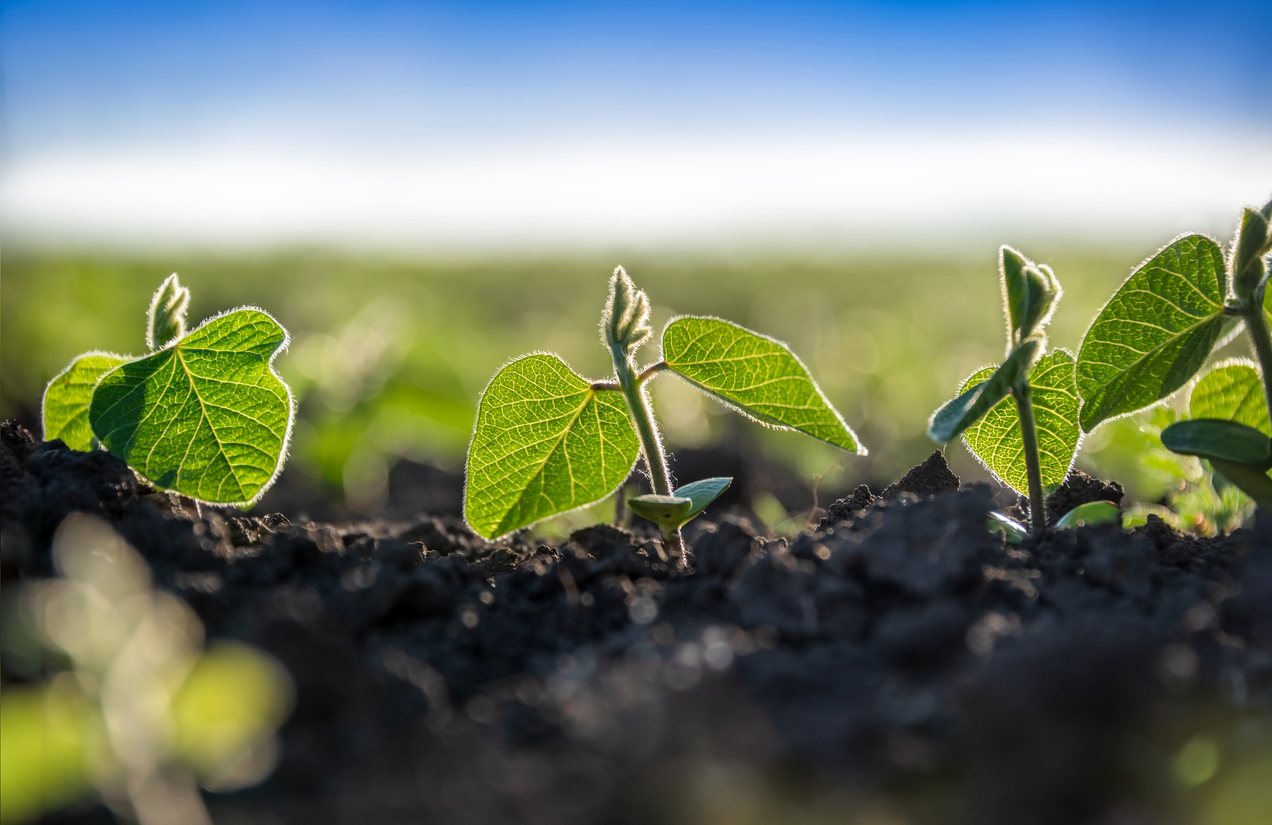
Study Unravels Leaflet Formation in Soybeans
July 30, 2025| |
Scientists from Purdue University explored how the number of leaflets on a soybean plant's leaves affects how well it captures sunlight. The preprint of the study is published in BioRxiv.
Focusing on a spontaneous mutation called lf2, characterized by seven leaflets instead of the usual three, the study could help elucidate how leaflets form and potentially improve soybean crops.
The research found that the seven-leaflet trait develops in two stages: first, five leaflets appear, and then two more grow from the middle leaflet. By analyzing the plant's genes, they found a small deletion in a specific gene (similar to one found in Arabidopsis) as the cause of the lf2 mutation. This deletion likely disrupts a key part of the protein that controls leaflet development.
To confirm their findings, the researchers used two approaches. First, when they put the normal version of the gene into the seven-leaflet mutant, the plants went back to having three leaflets. Then, when they intentionally disrupted the normal gene using CRISPR-Cas9, the plants started growing extra leaflets.
The results of the study provide insights into how leaves develop in plants like soybeans and could lead to ways to develop soybean plants that are better at photosynthesis and produce more yield.
Read the preprint in BioRxiv.| |
You might also like:
- Adapting Photosynthesis to Fleeting Shadows Boosts Soybean Yields
- Researchers Prove Multigene Bioengineering of Photosynthesis Increases Soybean Yields
- Researchers Monitor Photosynthesis in Soybean Using Invisible Light
Biotech Updates is a weekly newsletter of ISAAA, a not-for-profit organization. It is distributed for free to over 22,000 subscribers worldwide to inform them about the key developments in biosciences, especially in biotechnology. Your support will help us in our mission to feed the world with knowledge. You can help by donating as little as $10.
-
See more articles:
-
Gene Editing Supplement (July 30, 2025)
-
Research and Tools
- Israeli Researchers Develop Scalable CRISPR-Based Gene Editing to Improve Tomato Traits
- Gene Editing Enhances Barley’s Grain Storability and Nutritional Value
- Study Unravels Leaflet Formation in Soybeans
-
Public Acceptance and Engagement
- Survey Shows Consumer Acceptance of Gene-Edited Bananas in the Philippines, Japan, and China
-
Read the latest: - Biotech Updates (December 17, 2025)
- Gene Editing Supplement (December 17, 2025)
- Gene Drive Supplement (February 22, 2023)
-
Subscribe to BU: - Share
- Tweet

